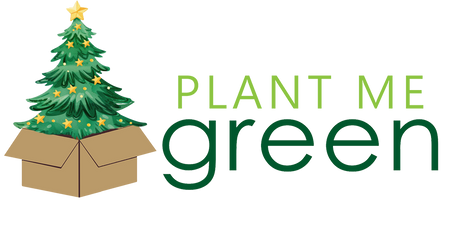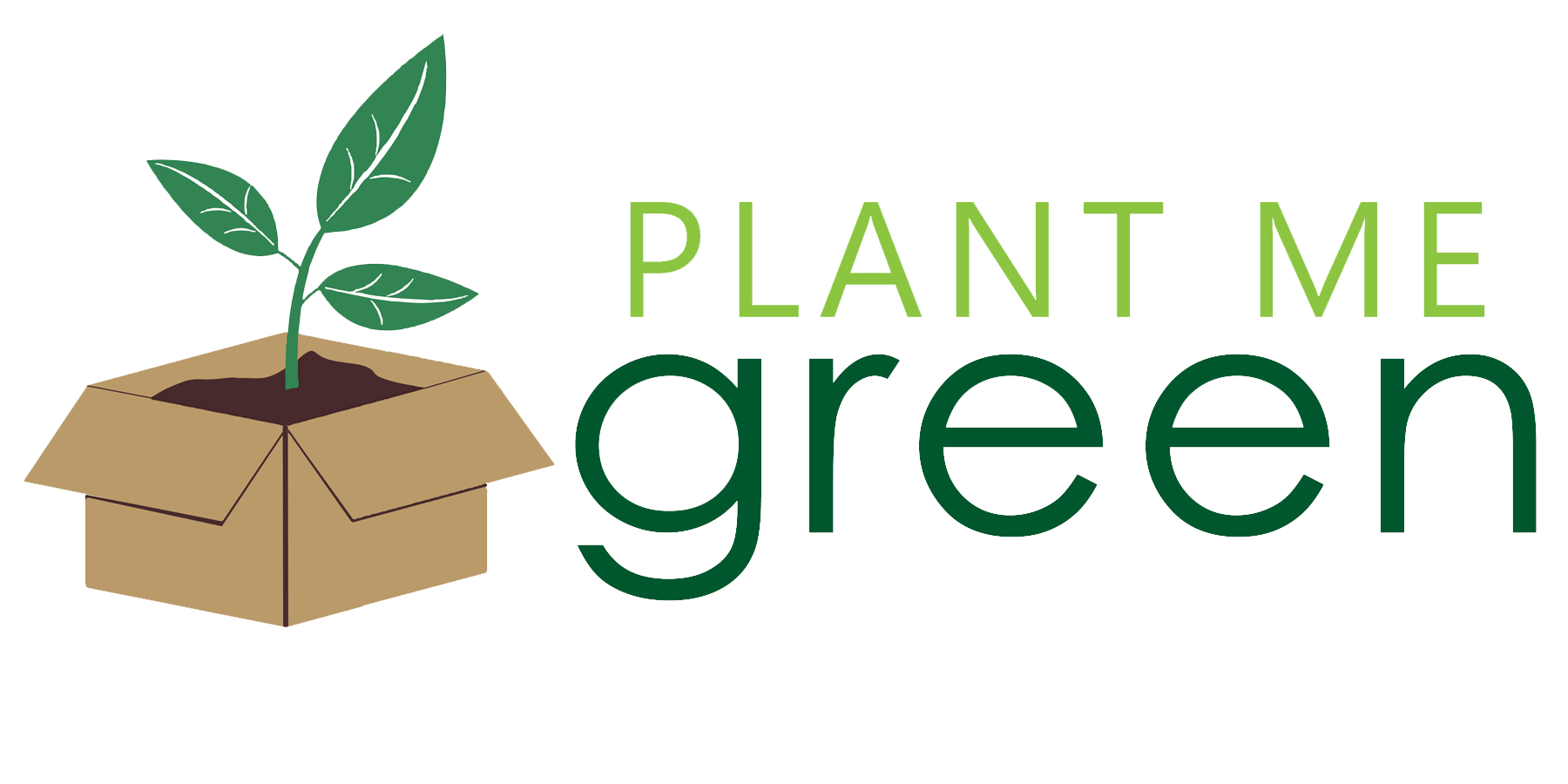If you have existing trees on your property or you’re looking to plant more, you may be searching for the best gardening advice to ensure your trees thrive for years to come. Although you may not know a whole lot about gardening as a whole, your knowledge of the hobby will grow dramatically after learning some of the most important principles to help your plants and trees grow healthfully. Follow along for a few of the best practices for managing and trimming your trees.
What Is Pruning?
Pruning is the practice of removing certain sections from your trees and plants to control their shape and size or to encourage new growth. Pruning is an excellent solution to keep trees healthy and growing in the desired shape. Typically, this process involves cutting dead, diseased, or unfruitful branches of trees.
Unfortunately, you may feel uncertain about pruning your trees for the first time. You can learn the art of proper pruning, and you shouldn’t be afraid to experiment, read gardening books, or consult experts on plants.
Choosing the Right Tools
As with many processes, there are various tools to add to your gardening shed to ensure proper pruning techniques for any plant or tree you may have on your property. Follow along to learn more about each of the most important trimming tools for your garden.
Hedge Trimmers
You can use motorized edge trimmers or electrical trimmers to shape the excess growth of your hedges and bushes. This garden tool uses reciprocating blades that create clean cuts very quickly. If you need to trim a tree or bush larger than your trimmers, many models have extensions to give your tool a larger range.
Loppers
If your desired pruning area contains branches larger than ½ inch in diameter, you may need a pair of loppers to make the cut. Although you may be able to get it done with other tools, you don’t have to risk uneven or damaging cuts if you opt for loppers. This tool consists of larger pruners with longer handles for increased power, and you need it to cut thicker branches and stems.
Hand Pruners
Hand pruners are one of the most common tools to keep in your gardening shed, and they’re typically small enough to use with one hand or carry around in your pocket. This is the most popular tool to remove small, thin stems and branches from your trees and plants.
Pruning Saws
Pruning saws have curved blades with sharp teeth, making them an important tool for larger trees. This is the tool you should use when hand pruners or loppers aren’t strong enough to cut through a thicker branch. Fortunately, pruning saws also create clean cuts in order to prevent damage to your trees.
When Should I Prune?
To maintain beautiful, healthy trees, you should remove broken, dead, or dying branches or stems as soon as you notice them. On the other hand, there are a few suggestions to consider before trimming your trees for shape or size purposes.
Early Spring
In the early spring, you should prune your evergreen hedges, pines, spruces, fruit-bearing trees, or trees and shrubs that flower in the summer. Many of these plants, trees, and shrubs require pruning to control their size, shape, and overall growth. If you don’t trim these plants, you may notice a stunt in their new growth. The timing is important because these plants and trees won’t be in an active growth period in early spring, but they need to be ready for growth in the spring or summer.
During Spring
During the active spring season, you should prune your rose bushes by removing all of the dead branches and stems from the winter. After removing dead sections, you can continue to trim the bush to your desired height and shape.
After Spring
You should wait until after the spring season to prune plants or trees that produce flowers during the spring, as they bloom on growth from the last season. In other words, they need the old wood to create their beautiful blossoms. You should trim these plants and trees shortly after their last bloom to ensure they look perfect. Otherwise, waiting too long can mean you’re removing the branches that will produce blossoms next spring.
What Should I Prune?
When it comes to pruning or trimming your trees, less is more. You should know what you’re going to remove before you do so. After all, it’s always possible to make another cut if necessary, but you can’t reverse too deep of a cut. Here are a few of the things you should prune when you see them on your plants, trees, or shrubs.
- Broken, diseased, dead, or dying branches and stems
- Branches growing downward or inward
- Branches that cross
- Tree suckers
- Water sprouts
How To Trim Trees Properly
Trimming trees properly is the key to maintaining their health and growth. Follow along for a few helpful tips to learn how to correctly cut your trees, shrubs, and hedges to encourage growth or a desired shape.
- Shrubs: Try to maintain the natural shape by removing individual branches. When trimming larger branches, prune back to where a small branch comes off of it and cut at a downward angle to prevent water from gathering around the wound.
- Hedges: Use loppers or hand pruners to remove dead branches but still maintain the overall shape. Leave the base of the hedge wider than the top so sunlight can reach the lower limbs.
- Trees: Prune dead branches all the way back to the main trunk, leaving only branch collar to promote quick healing. Be sure to use a pruning saw for larger branches to prevent unnecessary damage to your trees.
After learning the best practices for managing and trimming your trees, you can maintain your garden year after year. Gardening doesn’t have to be difficult, but it does require new skills. If you want to buy apple trees for your yard, you shouldn’t let your fear of not being a good gardener stop you from trying. After all, growing fruit trees and other plant species on your property can be an extremely satisfying and helpful learning experience.



